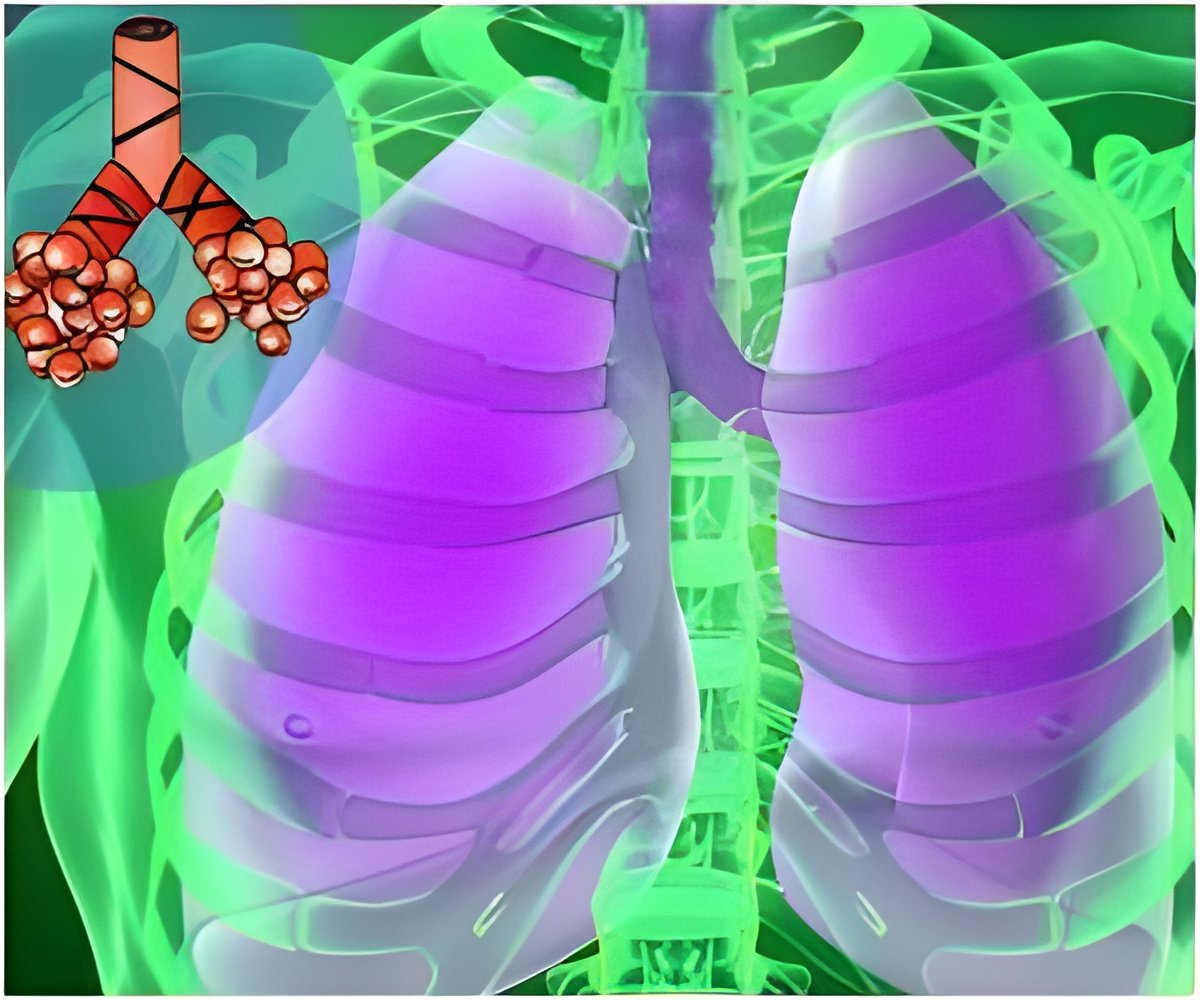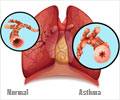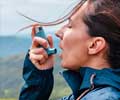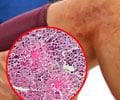Newly developed sensor accurately measures nitrite, a key inflammatory marker of asthma in exhaled breath condensate.

- Asthma attacks can now be detected with a newly developed graphene-based sensor.
- The sensor paves the way for the development of devices which people could wear and then know when and at what dosage to take their medication.
- Detecting nitrite level in breath condensate is a promising biomarker for inflammation in the respiratory tract.
Limited Methods to Diagnose Asthma
Asthma, which causes inflammation of the airway and obstructs air flow, affects about 300 million people worldwide. About 17.7 million adults and 6.3 million children in the United States were diagnosed with asthma in 2014.
Symptoms include coughing, wheezing, shortness of breath, and chest tightness. Other serious lung ailments include chronic obstructive pulmonary disease (COPD), which encompasses emphysema and chronic bronchitis.
Today’s non-invasive methods for diagnosing and monitoring asthma are limited in characterizing the nature and degree of airway inflammation, and require costly, bulky equipment that patients cannot easily keep with them.
Biomarkers for Better Treatment of Asthma
The Rutgers researchers’ miniaturized electrochemical sensor accurately measures nitrite in exhaled breath condensate using reduced graphene oxide. Reduced graphene oxide resists corrosion, has superior electrical properties and is very accurate in detecting biomarkers. Graphene is a thin layer of the graphite used in pencils.
"Nitrite level in breath condensate is a promising biomarker for inflammation in the respiratory tract. Having a rapid, easy method to measure it can help an asthmatic determine if air pollutants are affecting them so they can better manage use of medication and physical activity," said Clifford Weisel, study co-author and professor at Rutgers’ Environmental and Occupational Health Sciences Institute (EOHSI).
"It could also be used in a physician’s office and emergency departments to monitor the effectiveness of various anti-inflammatory drugs to optimize treatment."
Increasing nitrate levels in airway inflammation may be an early warning sign of increased risk of an asthma attack or exacerbation of COPD, allowing for earlier and more-effective preventive measures or treatment, explains Robert Laumbach, study co-author and an occupational and environmental medicine physician at EOHSI.
The accuracy of diagnosis is often poor when the symptoms such as coughing, wheezing are taken into consideration. The idea of monitoring biomarkers continuously can result in a paradigm shift.
The next step is to develop a portable, wearable system, which could be commercially available within five years, he said. The researchers also envision expanding the number of inflammation biomarkers a device could detect and measure.
The ability to perform label-free quantification of nitrite content in exhaled breath condensate in a single step without any sample pre-treatment resolves a key bottleneck to enabling portable asthma management.
"In the U.S. alone, allergy inflammation, asthma and various respiratory conditions are all on the rise, so devices that can help diagnose, monitor and manage these conditions will be in high demand," Javanmard said.
Reference
- Mehdi Javanmard et al., Toward point-of-care management of chronic respiratory conditions: Electrochemical sensing of nitrite content in exhaled breath condensate using reduced graphene oxide, Microsystems & Nanoengineering (2017) http://dx.doi.org/10.1038/micronano.2017.22 .
Source-Medindia














